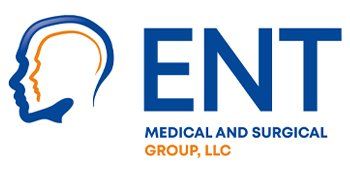Otosclerosis
When hearing loss is inherited, it may be due to otosclerosis, a condition of abnormal bone growth around the tiny bones in the middle of the ear. Where the stapes bone typically moves freely inside the ear to relay vibrations, this growth fixates the stapes, preventing sound signals from being sent to the brain. Unlike most forms of hearing loss, correctable procedures typically have a very high success rate, resulting in improved hearing without the need for a hearing aid.
Many people won’t know they have otosclerosis until their late teens or early 20s. Because the hearing loss is gradual rather than sudden, many won’t know they have a problem until after several years. A child with one parent who suffers from otosclerosis faces a 25 percent chance of developing the disorder; if both parents are afflicted, the chances double. As a whole, about 60 percent of otosclerosis cases have some genetic predisposition.
There are two primary treatments of otosclerosis: hearing aids, or a stapedectomy. If hearing loss is mild, an Ear Nose & Throat specialist may recommend continued observation and hearing aids to amplify sound. A stapedectomy is a surgical procedure that removes the immobilized bone and replaces it with a prosthetic that will vibrate the sound signal into the ear. This surgery has been performed since 1956, and has approximately a 90 percent success rate. In rare cases, hearing gets worse.
Otosclerosis can be a difficult abnormality to identify, so if you’re experiencing hearing that is worsening over time, please make an appointment with our office so tests can be performed and we can help determine the origin of your hearing loss and best treatment for you.



